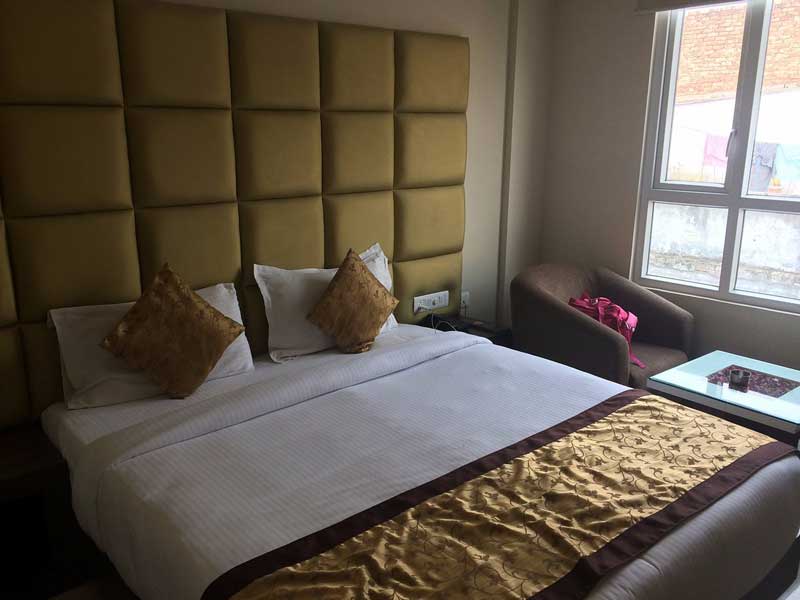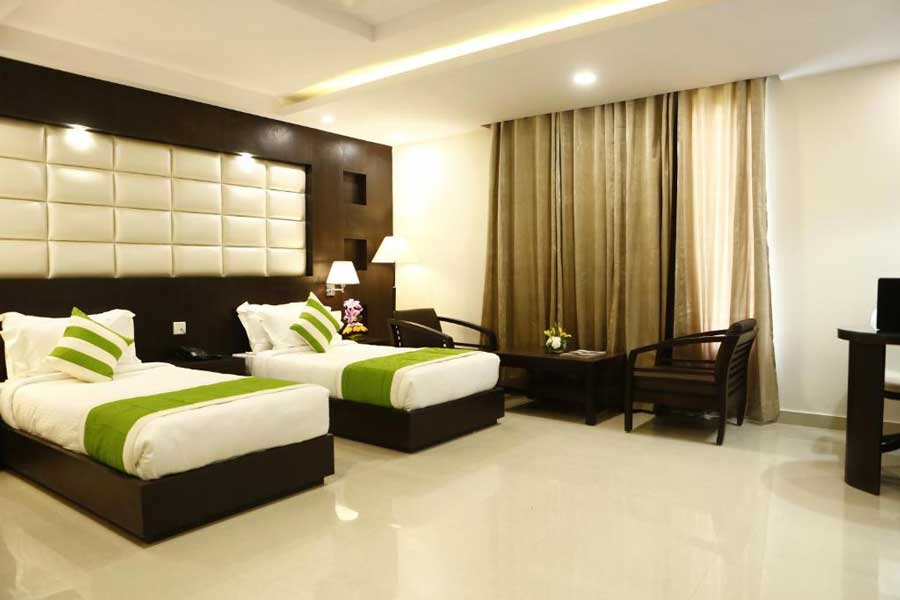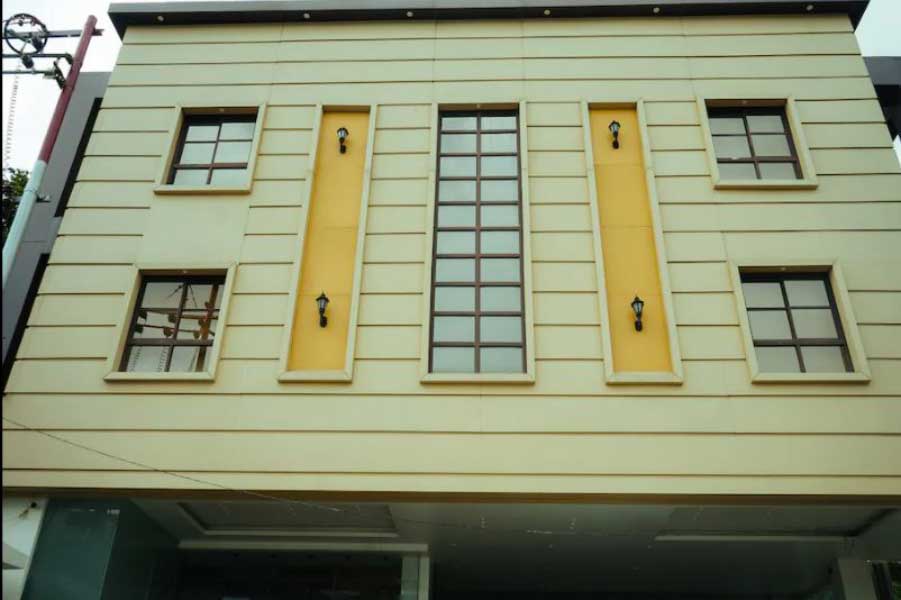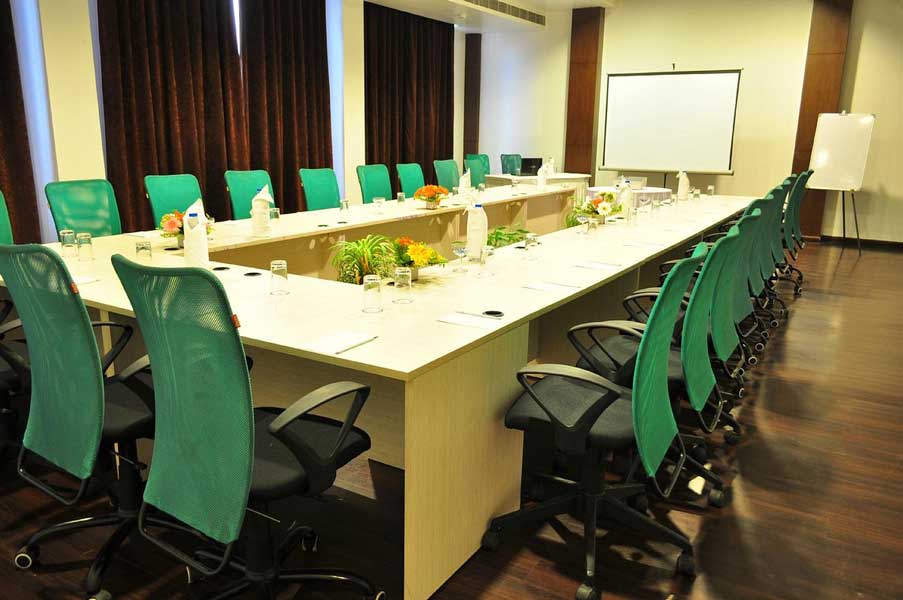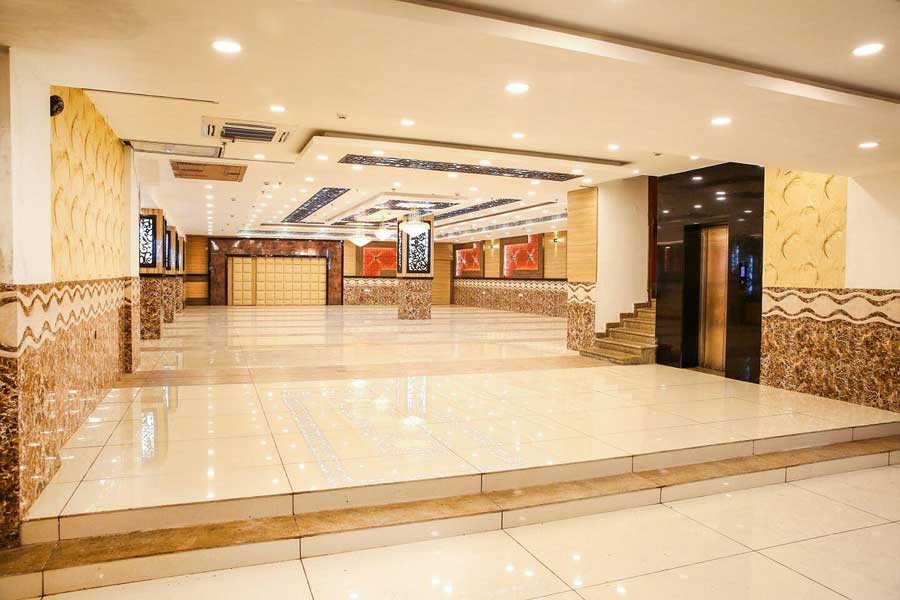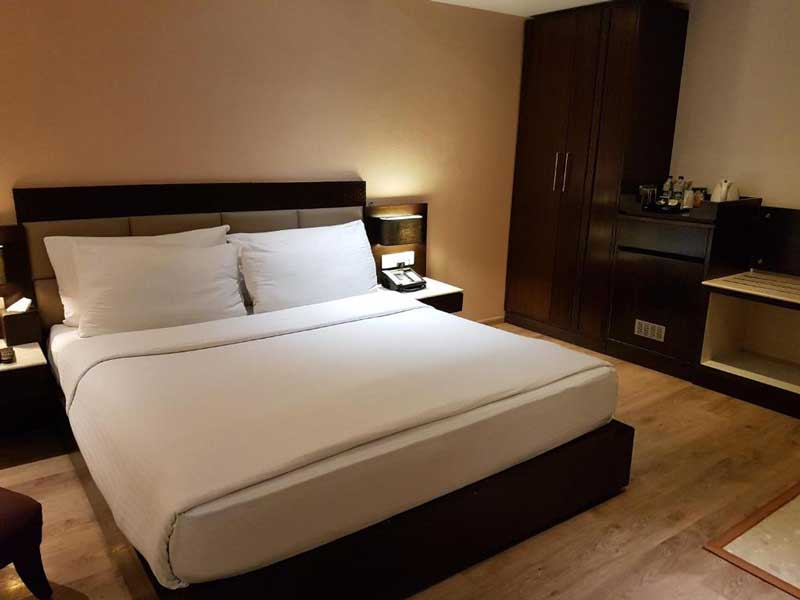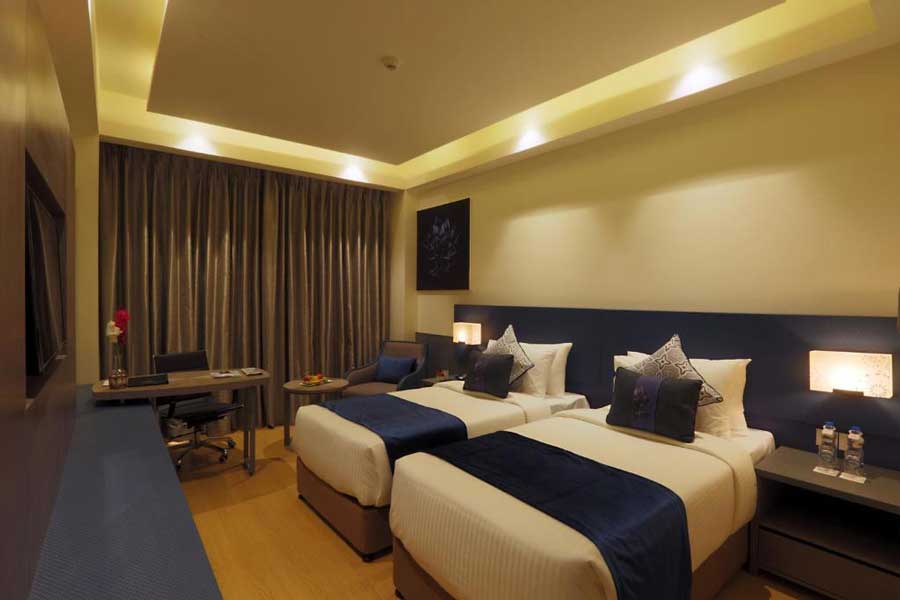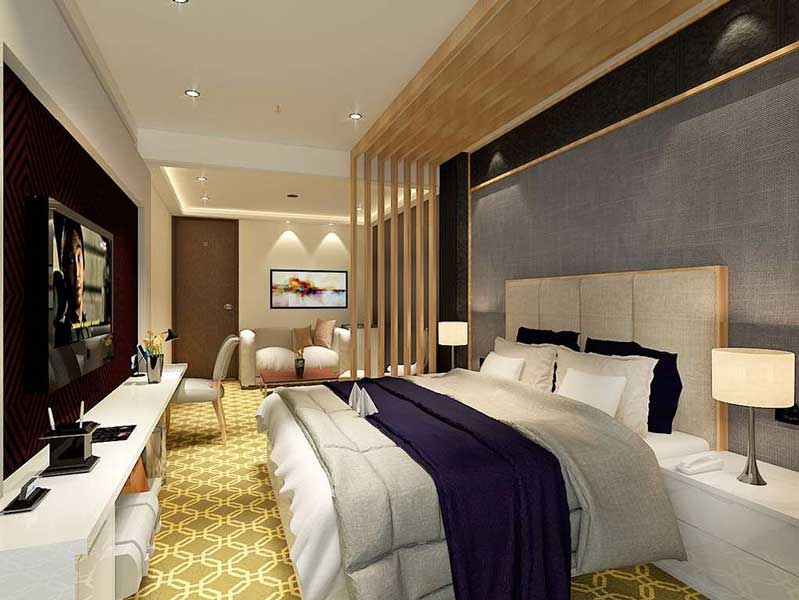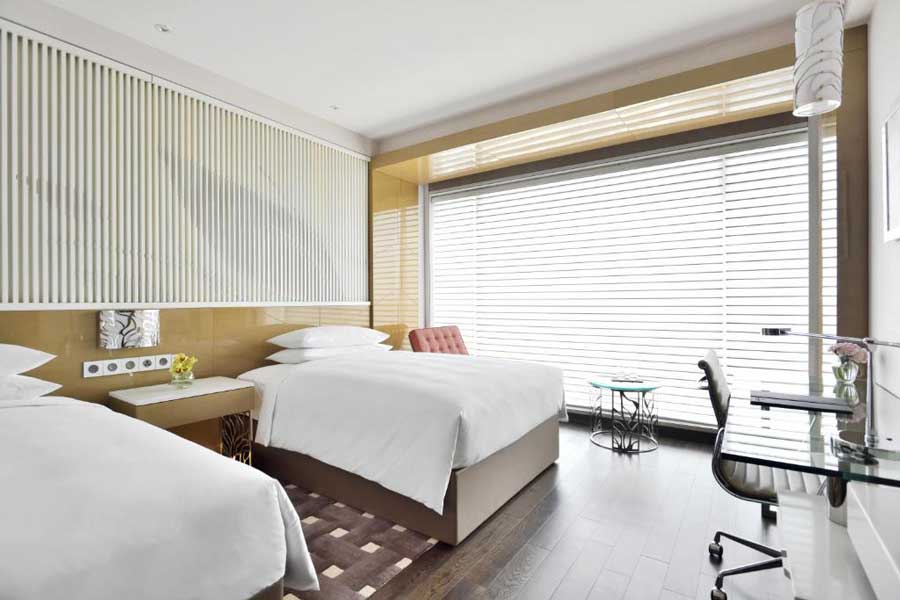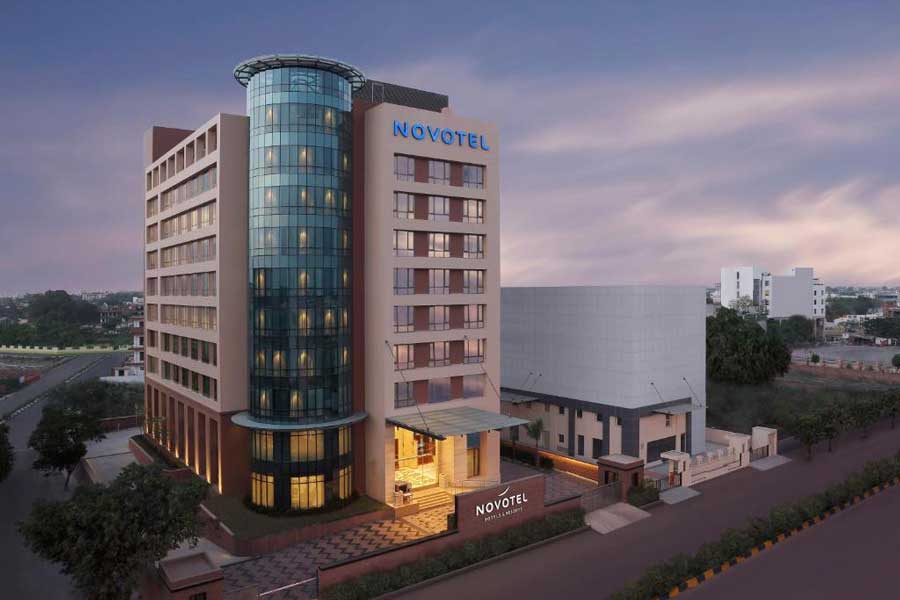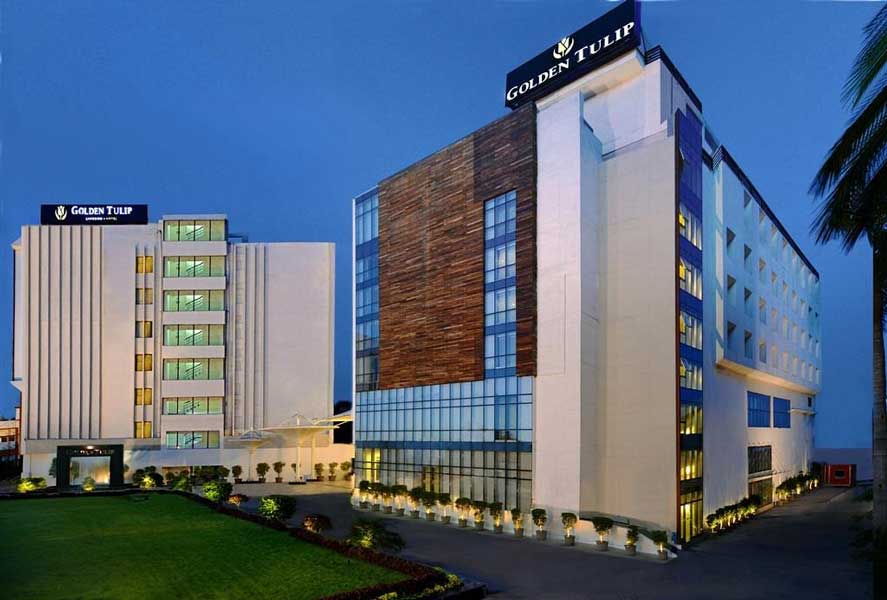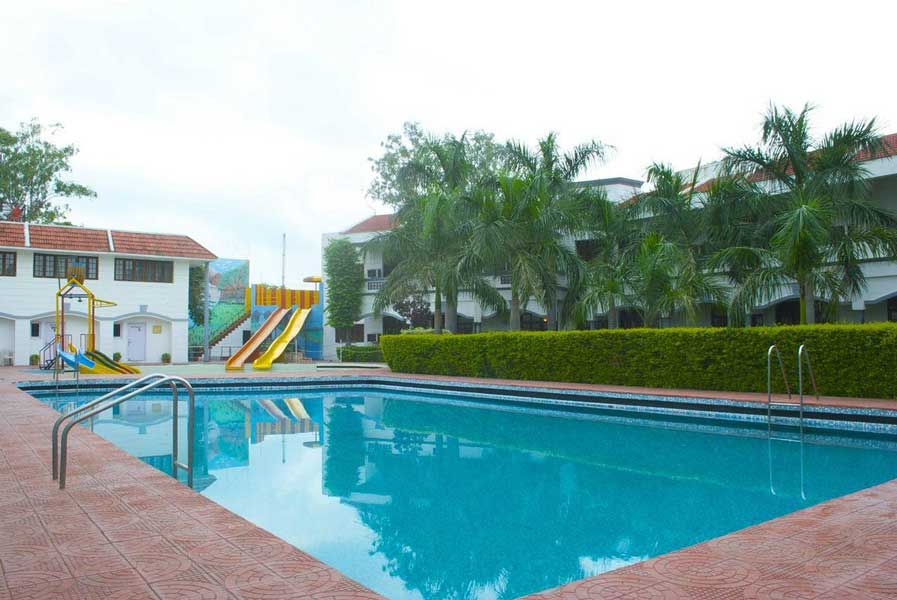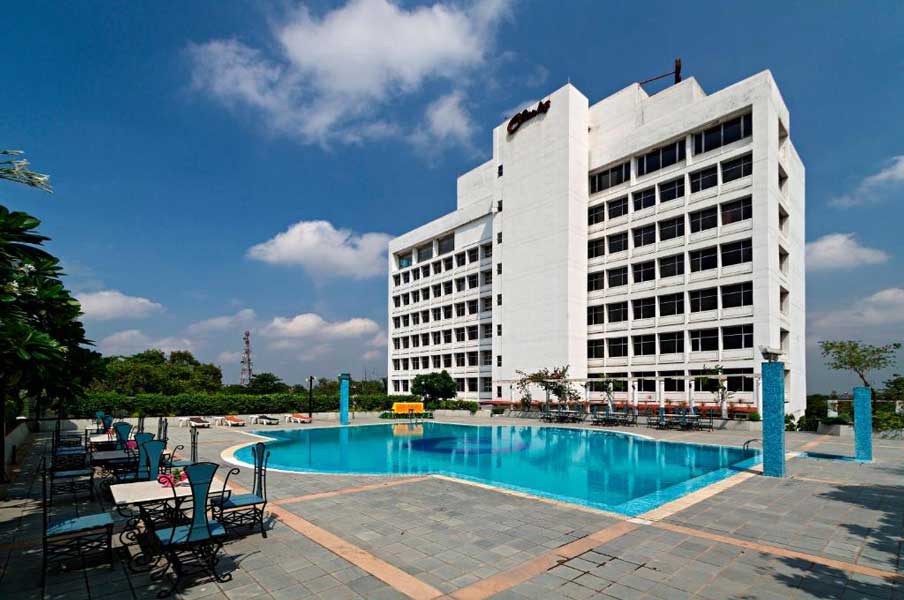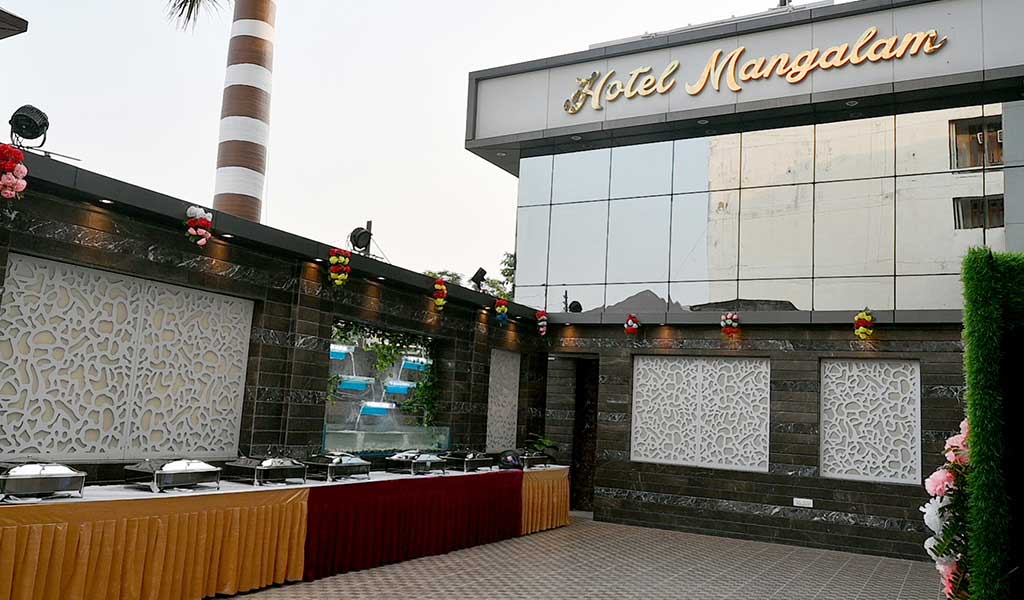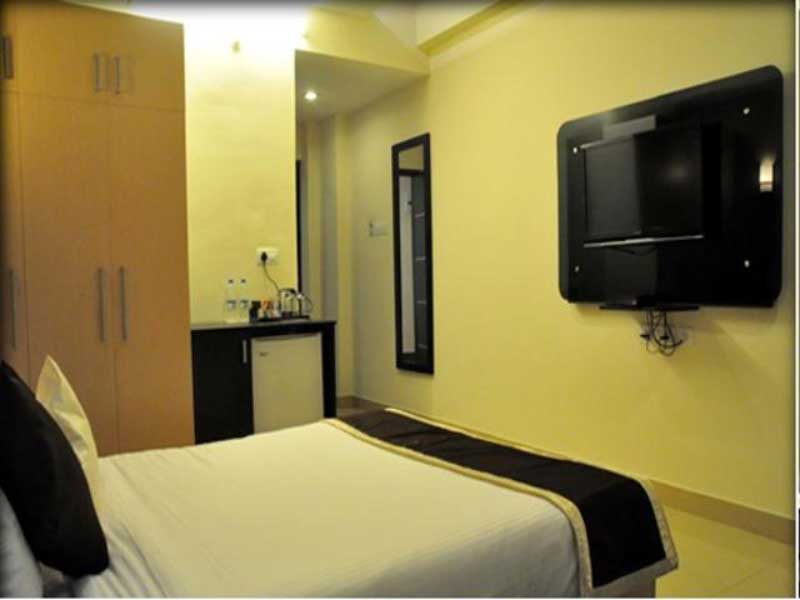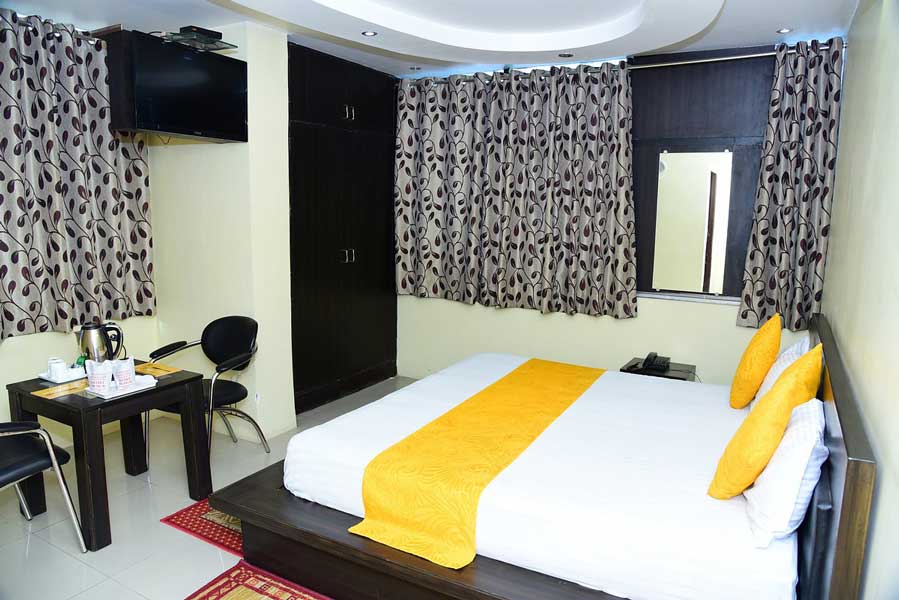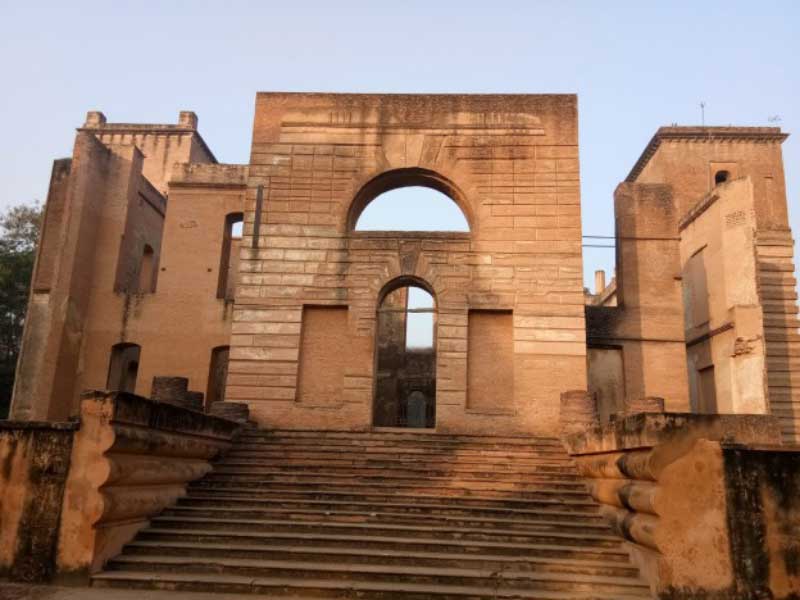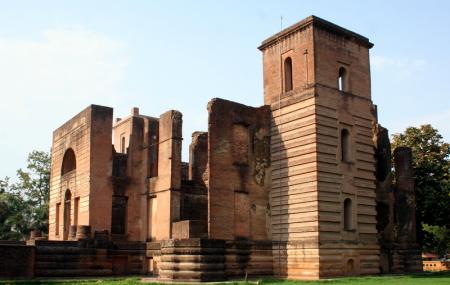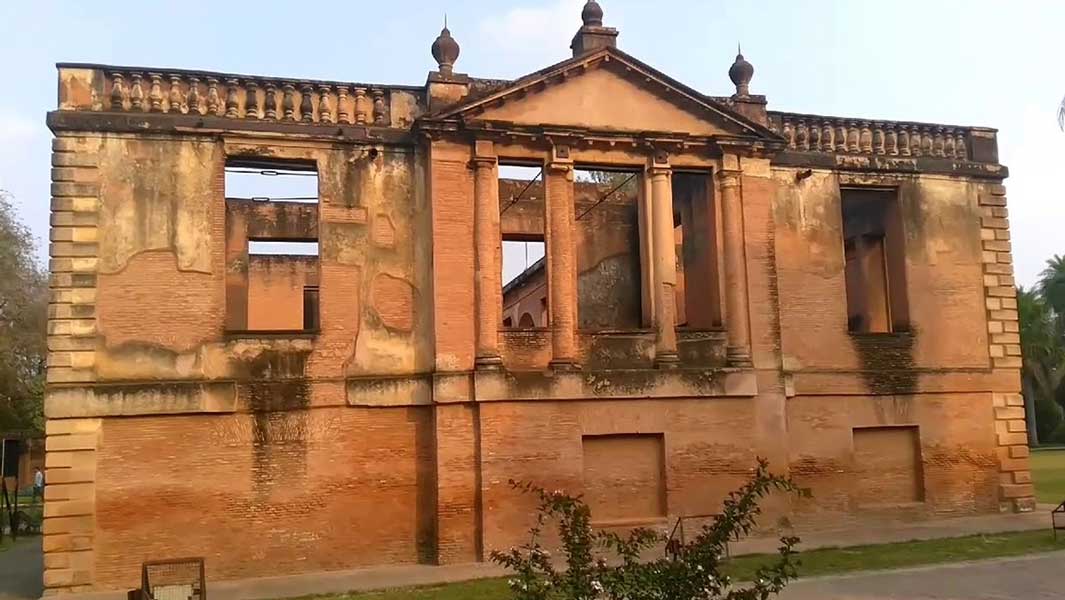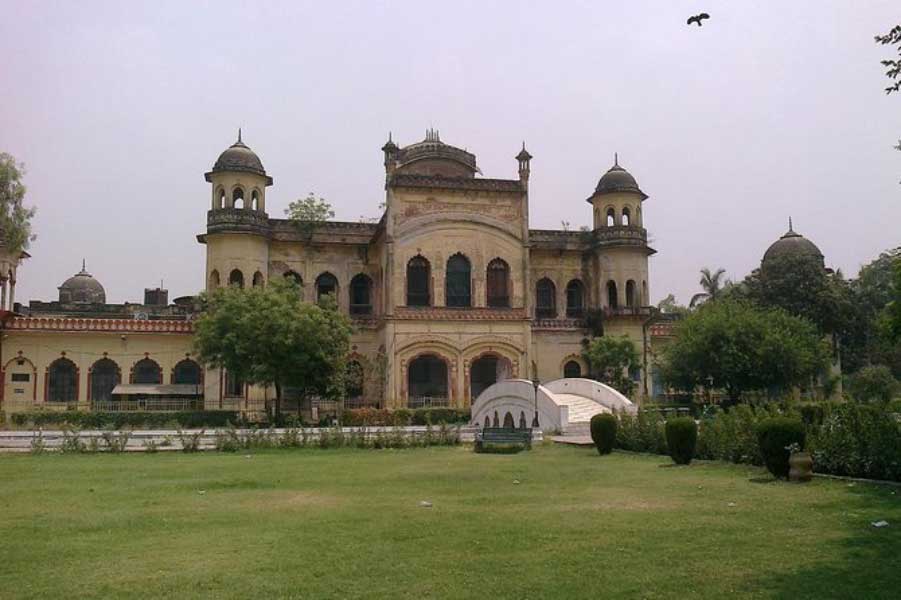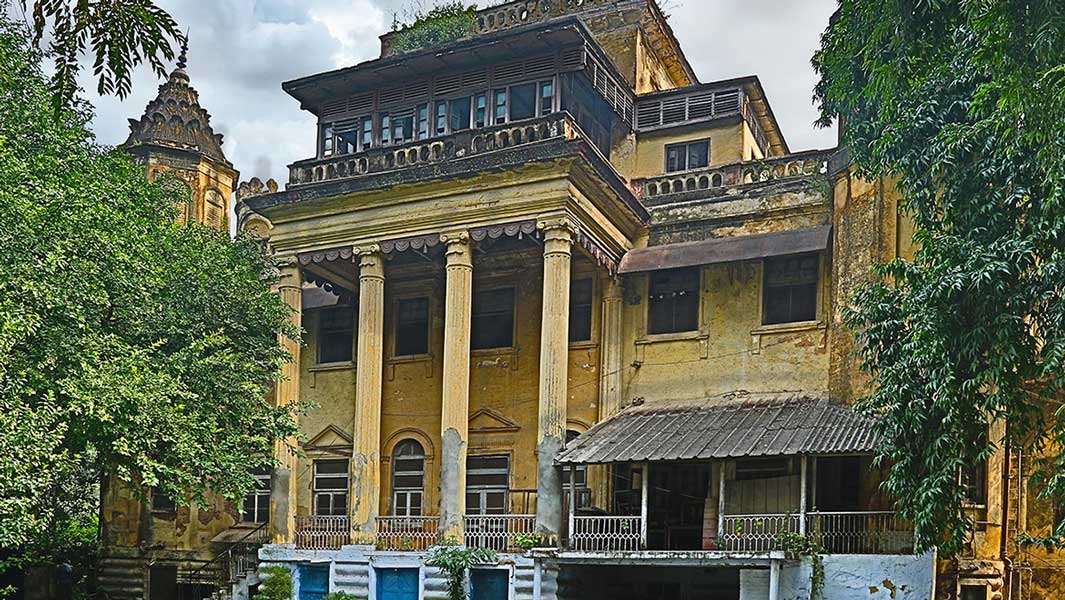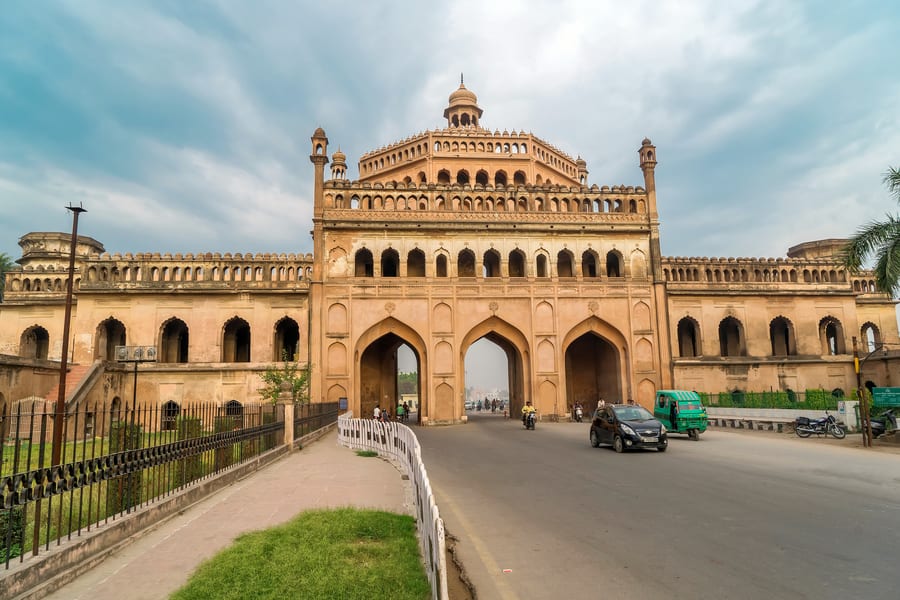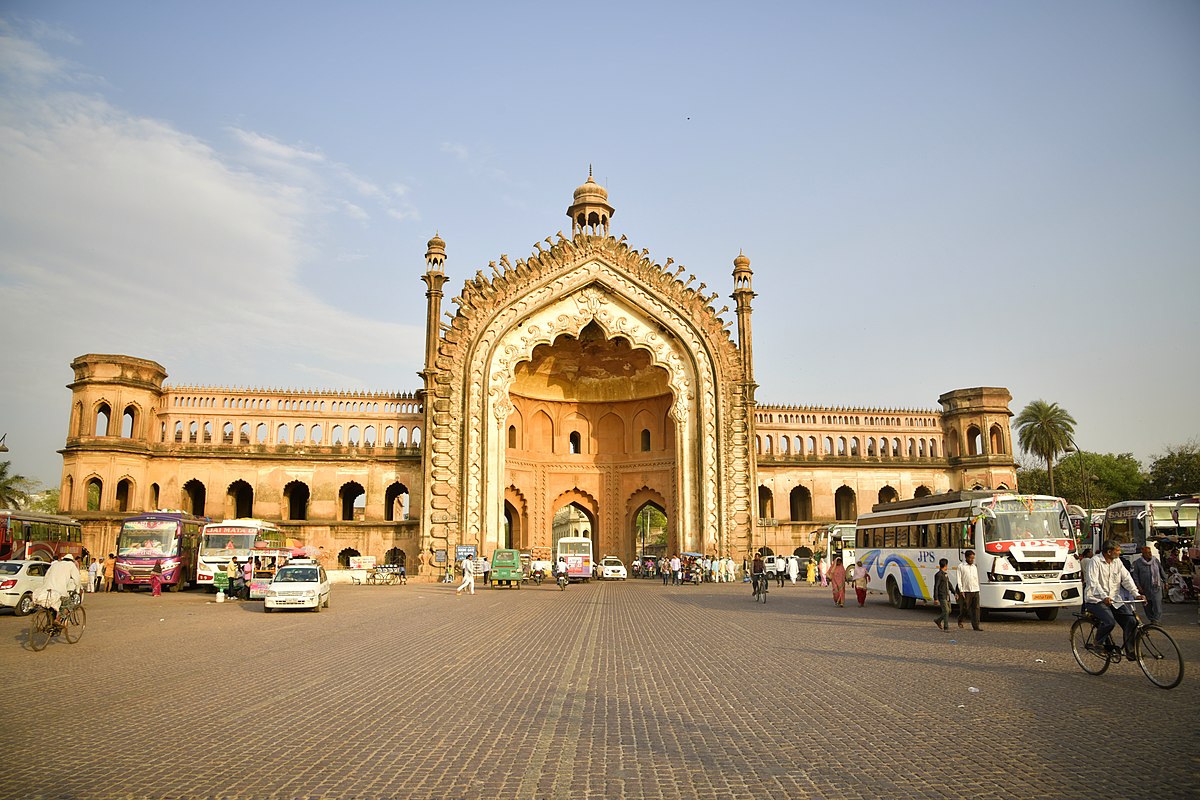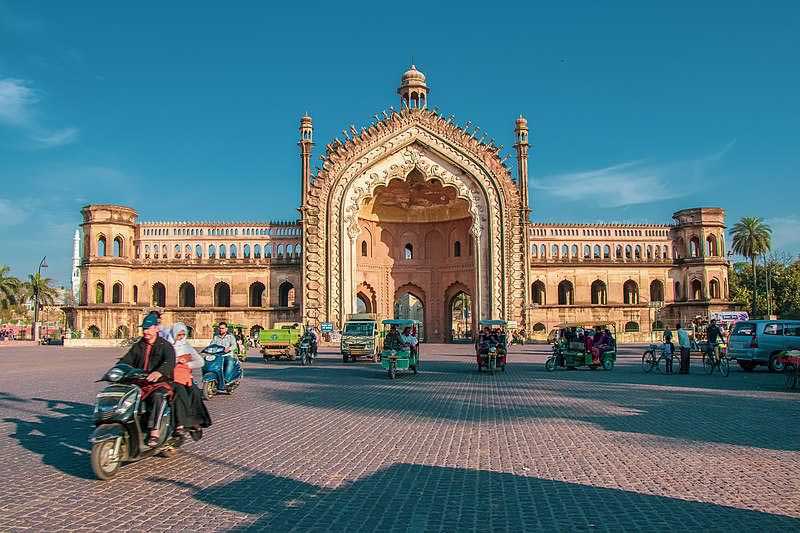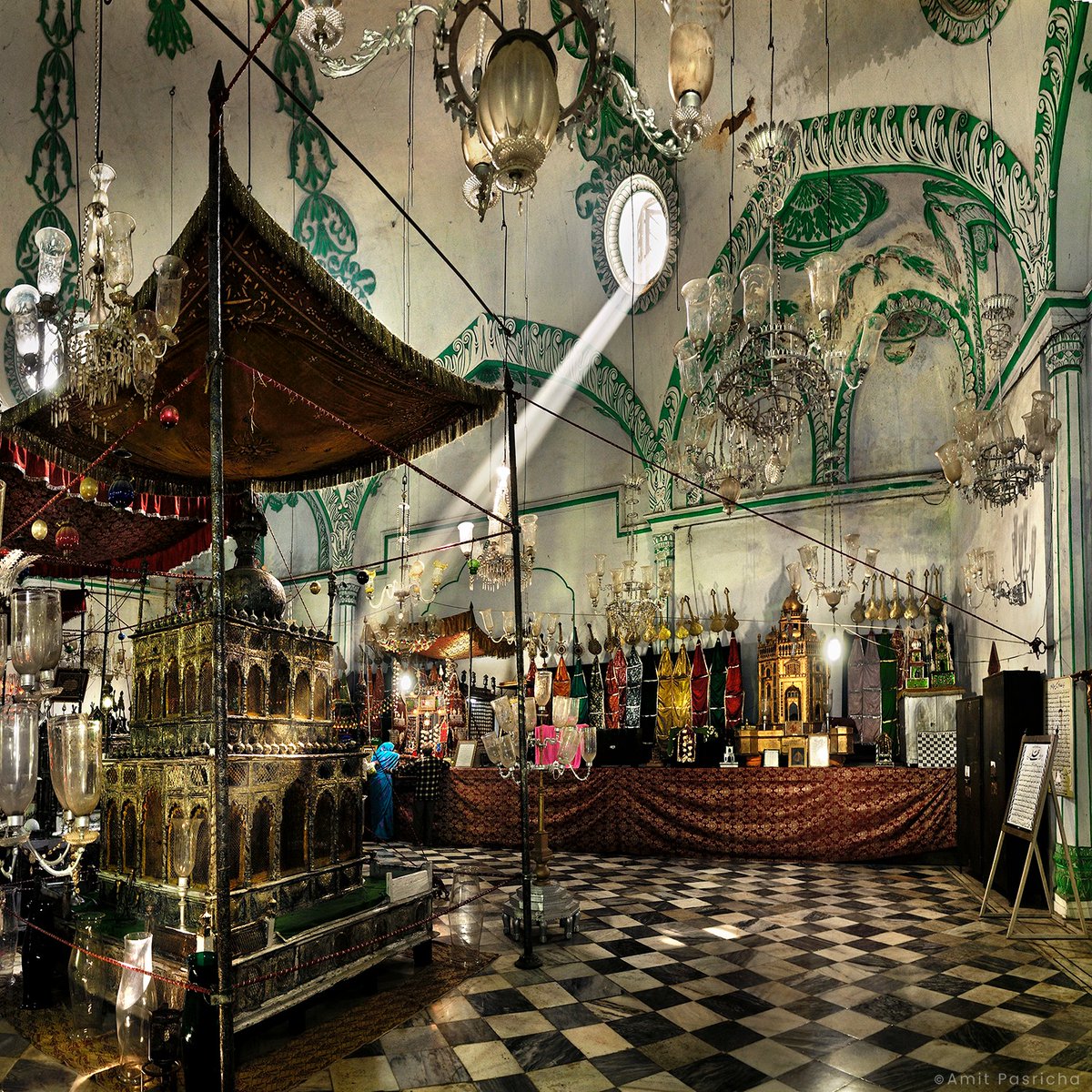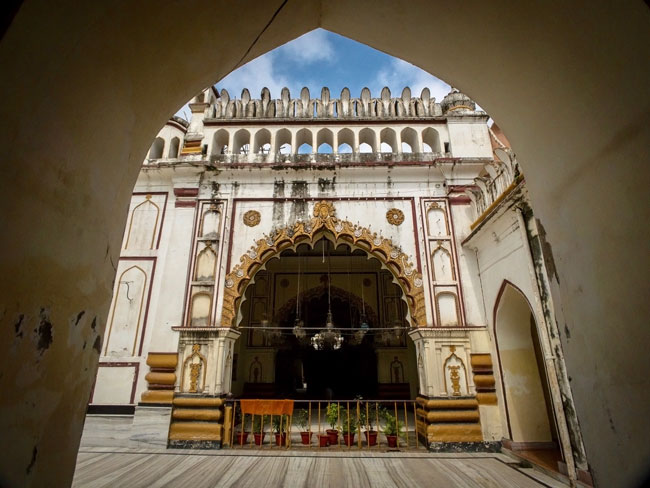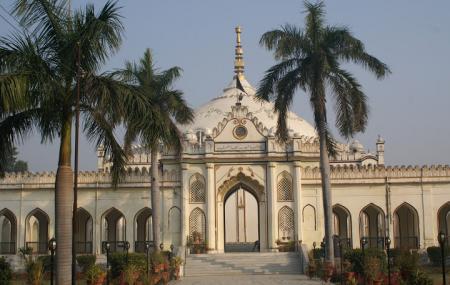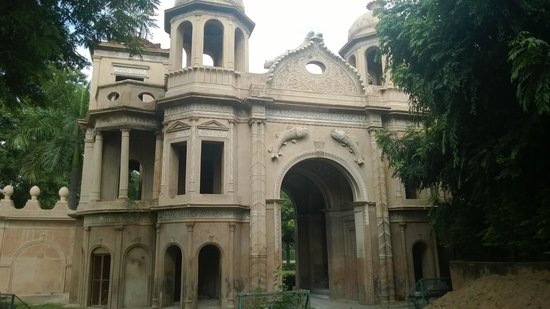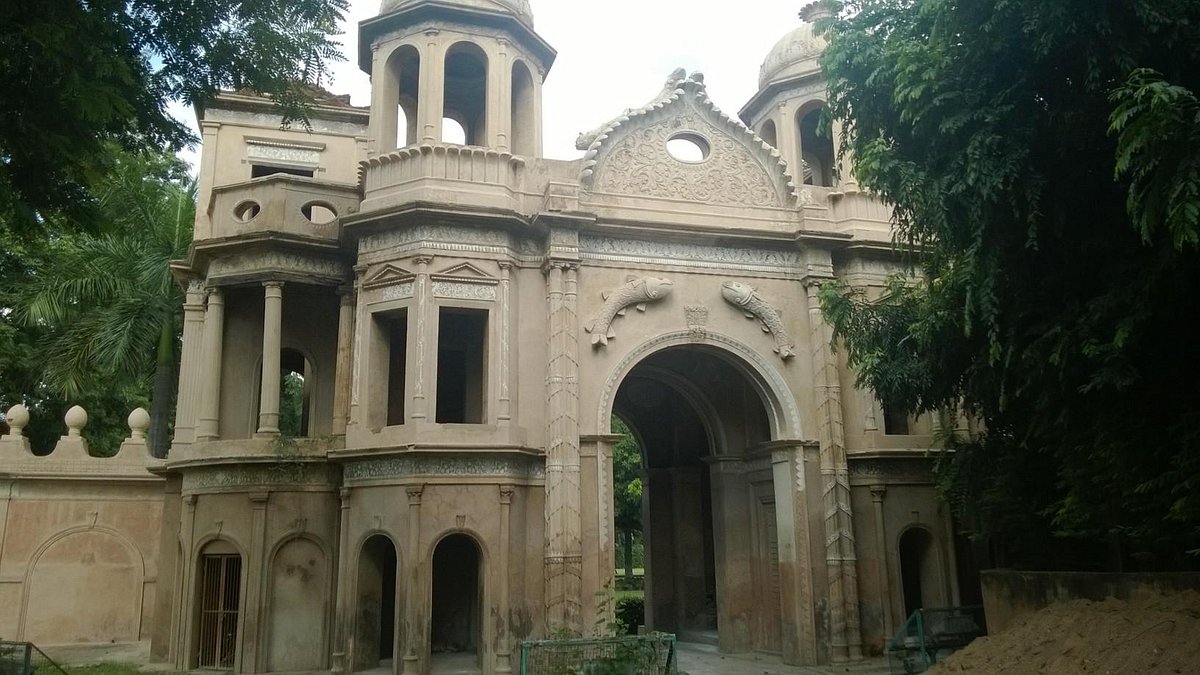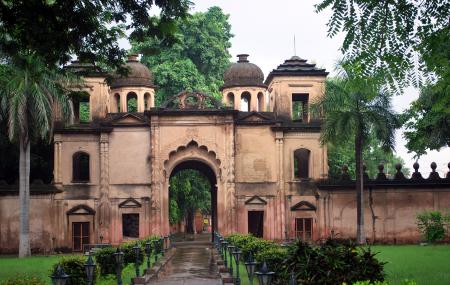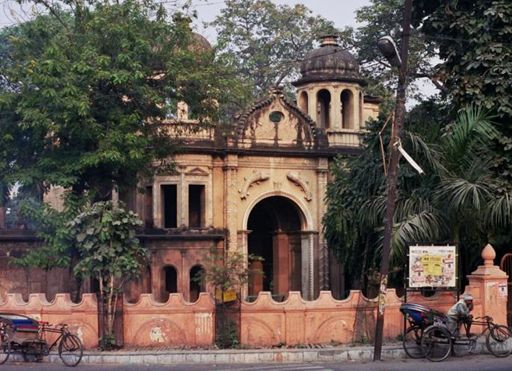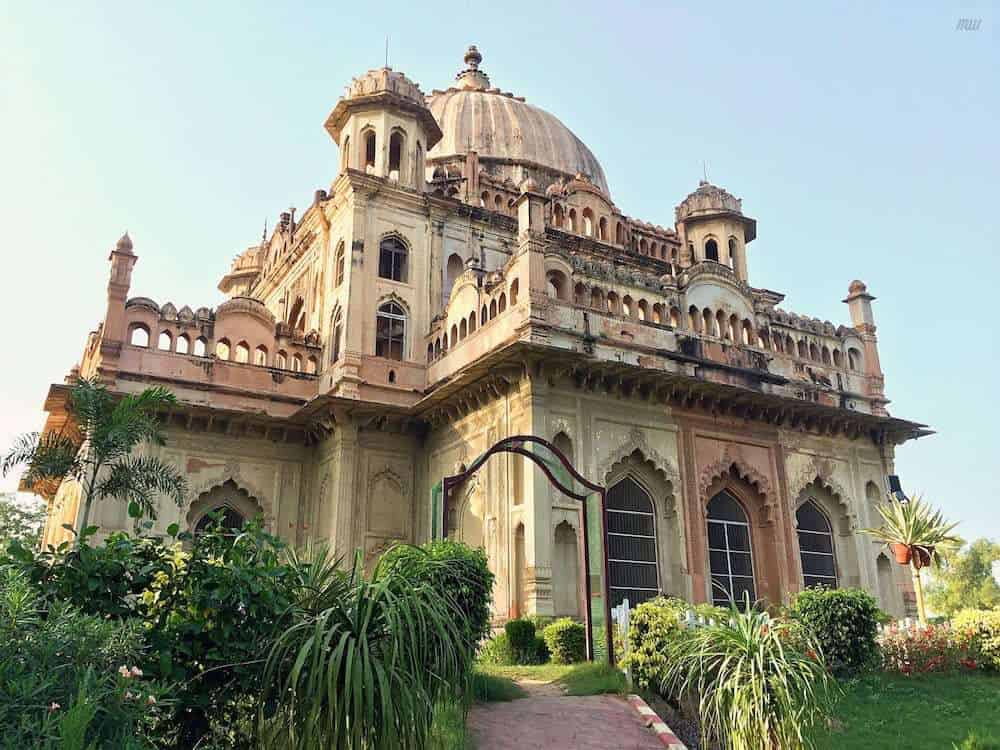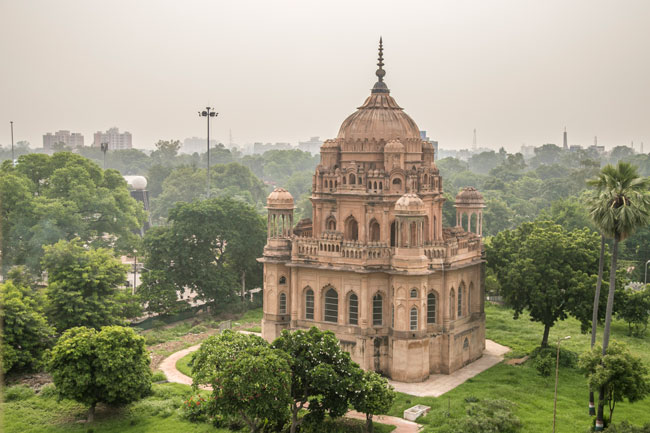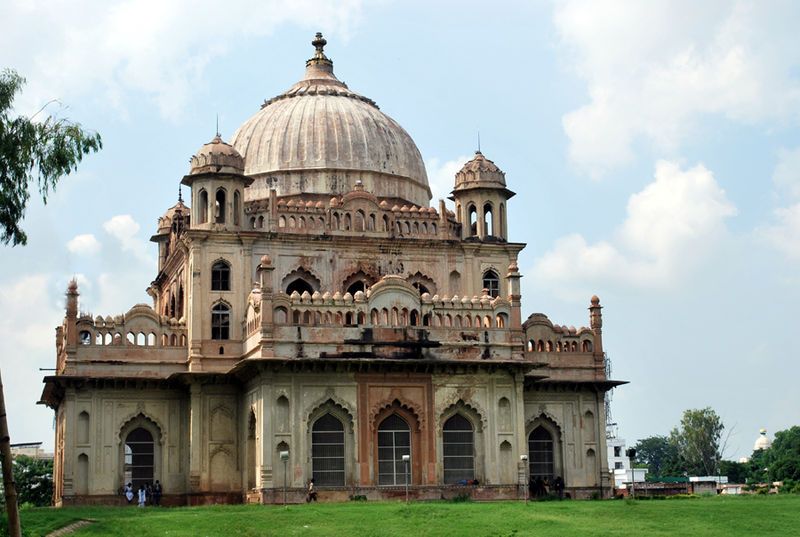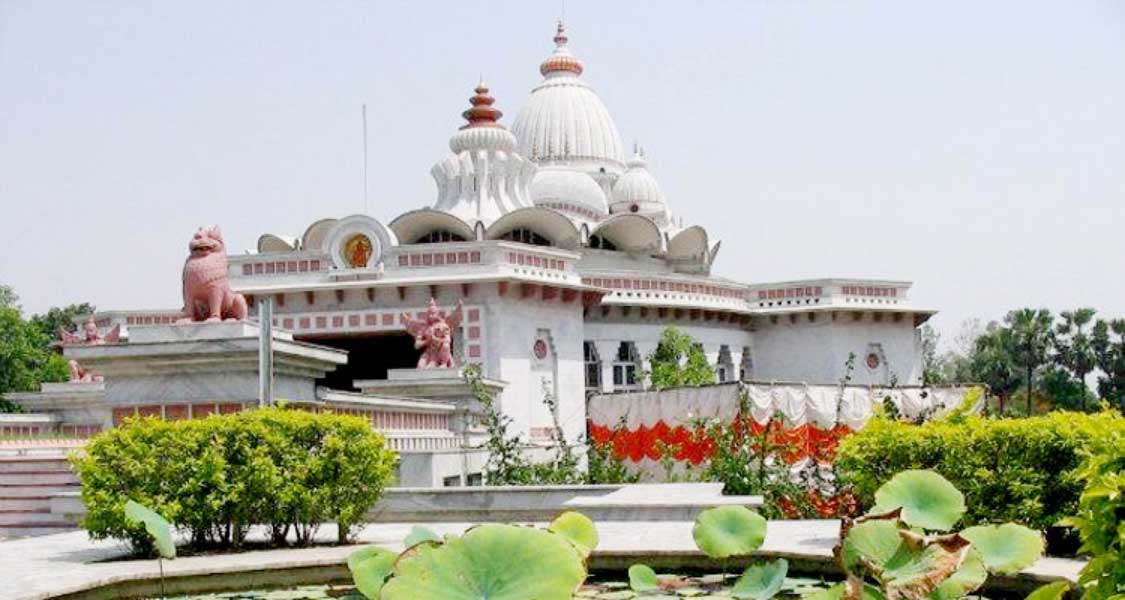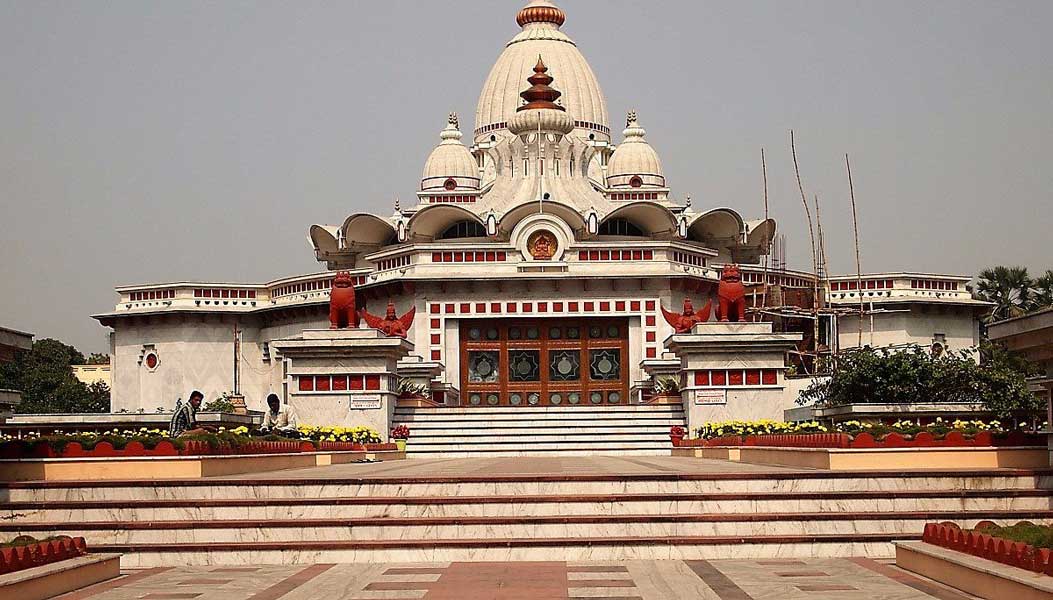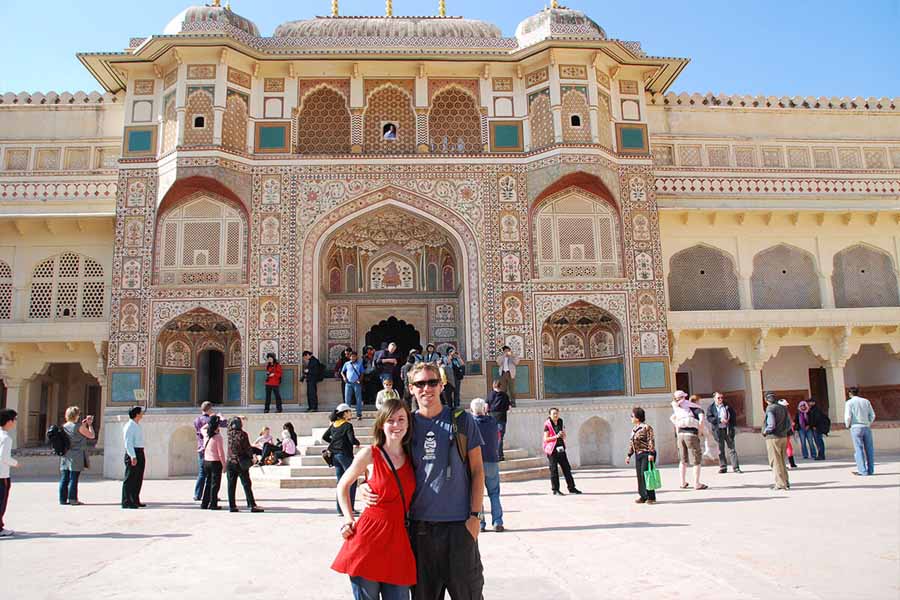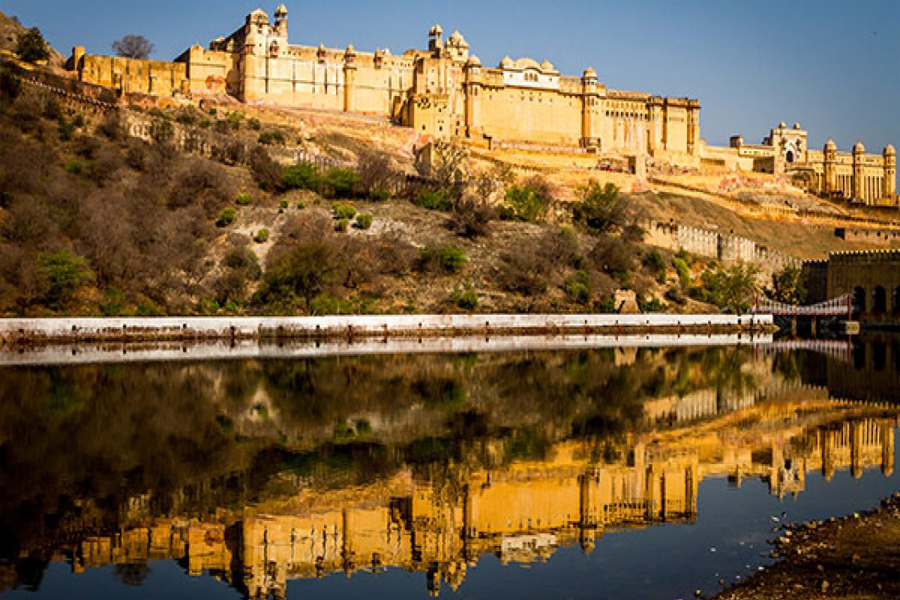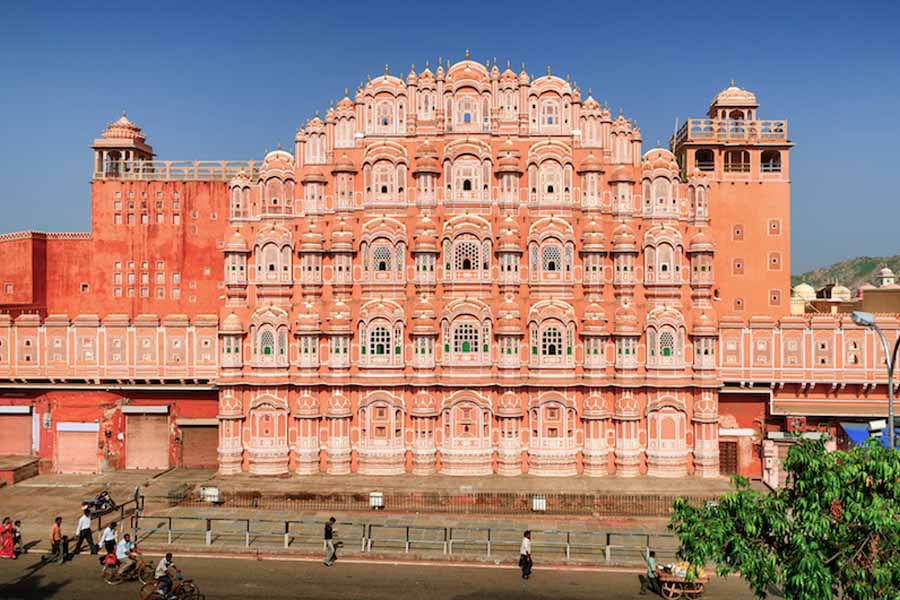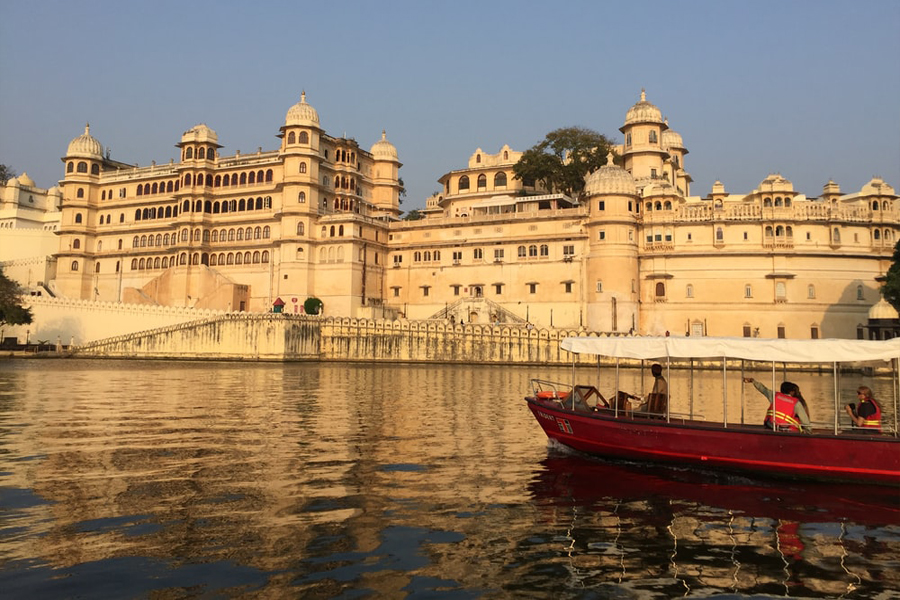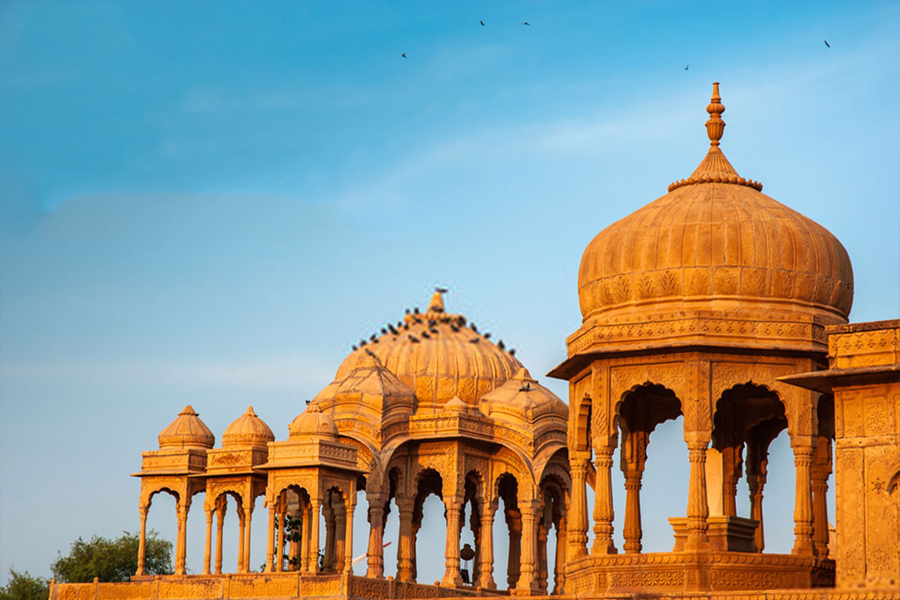Lucknow is one of the country's most populous cities. There are numerous places to visit in Lucknow and the Nawabs were enormous fans of literature, art, dancing, music, and gastronomy, and as a result, this city is brimming with cultural riches. This city is currently known for its top tourist attractions in Lucknow and delicious cuisine, vivid embroidery, classical structures, British bungalows, beautiful gardens, and beautifully crafted spectacular monuments, all of which contribute to the city's rich past. Lucknow is known as the "City of Nawabs."
It is thought that Lucknow's original name was Lakshmanpuri, named for one of the epic Ramayana's heroes. The village around the Gomati River was also known as Lakhanvati, and it was dedicated to Goddess Lakshmi. Locals still refer to the city as Lakhnau, which is a Hindi variant of the current name. The best tourist places in Lucknow now are the reason for their diversity and friendly nature. When the Nawabs took over the Awadh Kingdom in the 18th and 19th centuries, Lucknow, India, thrived. Before that, the city was part of the Delhi Sultanate, and it was ruled by a variety of dynasties, including the Sharqi Sultanate and the Mughals.
Lucknow flourished during the Nawabs' reign but eventually fell into the hands of the East India Company. The cultural impact in Lucknow has resulted in a broad spectrum of lifestyles, which can still be seen in various regions of the city. Some of the top places to visit in Lucknow have been briefly described further in this article.
Lucknow is presently one of India's fastest-growing commercial cities. It is the second-most populous city in North India and the ninth most populous in the country. Lucknow, Uttar Pradesh has a population of almost 28.2 lakh people. Hindi, Awadhi, English, and Urdu are the most common languages spoken in Lucknow. The best places to visit in Lucknow with friends are so much fun and amazing to witness.
Top Attractions to visit in Lucknow :
Bara Imambara: Lucknow's Bara Imambara is one of the city's most iconic landmarks. It is also known as Asfi Imambara, after the name of the Nawab of Lucknow who had it built. It is a place of worship for Muslims who visit every year to commemorate the religious festival of Muharram.
Chota Imambara: The Chhota Imambara, also known as the Hussainabad Imambara, is one of the most magnificent and appealing structures in Lucknow's old city. This great structure located west of Bara Imambara is a sight to behold.
British Residency: Several Britishers sought safety in the British Residency of Lucknow during the 1857 revolt. The fort is now in ruins, and the remains of the hundreds of British soldiers who perished during the siege can be found in a neighboring cemetery.
Rumi Darwaza: The Rumi Darwaza is a 60-foot-high gateway with no visible supporting fittings that was built between 1784 and 1786. It's also known as the Turkish Gate, and it's built-in in the Awadhi style.
Ambedkar Memorial Park: Mayawati's government built this park in Lucknow's Gomti Nagar. The park was created to honor people like Dr. Bhimrao Ambedkar, Kanshi Ram, and others who dedicated their lives to promoting equality and human justice.
Shah Najaf Imambara: Shah Najaf Imambara is a Muslim landmark in Lucknow's city center, on Rana Pratap Road. The graves of Nawab Ghazi - Ud - Din Haider and his three wives are housed in the dome-shaped monument.
Moti Mahal Palace: The Moti Mahal, also known as the Pearl Palace, was built by Nawab Saadat Ali Khan. This historical monument is built near Mubarak Manzil and Shah Manzil on the banks of the river Gomti.
Ram Krishna Math: The Ramakrishna Math, a monastery and shrine devoted to Sri Ramakrishna and located in Nirala Nagar, is an all-monk institution. This monument consists of a shrine adjacent to the institute with the motto "For one's salvation and the wellbeing of the world."
Constantia: The La Martinere School, with its English past, is one of Lucknow's historical landmarks. It was founded in 1845. It contains the burial of French Major-General Claude Martin, who resided there at the time.
Firangi Mahal: Firangi Mahal, once owned by a French trader named Neal, was handed to the government treasury by royal edict and turned into an Islamic school by Aurangzeb's consultant and his brother.
Shahi Baoli: The Shahi Baoli, an elaborate blend of Indian and Islamic architectural traditions, was originally erected as a reservoir for the civilization of the period. Nawab Asif-Ud-Din Daula and Kifayat-Ullah, one of the best architects of the time, built it between 1784 and 1795.
Chattar Manzil: Nawab Ghazi Uddin Haider erected Chattar Manzil, also known as Umbrella Palace, which was afterward utilized by the monarch of Awadh and his wives. The building, which stands on the banks of the Gomti River, is a shining example of Nawabi and European architecture.


